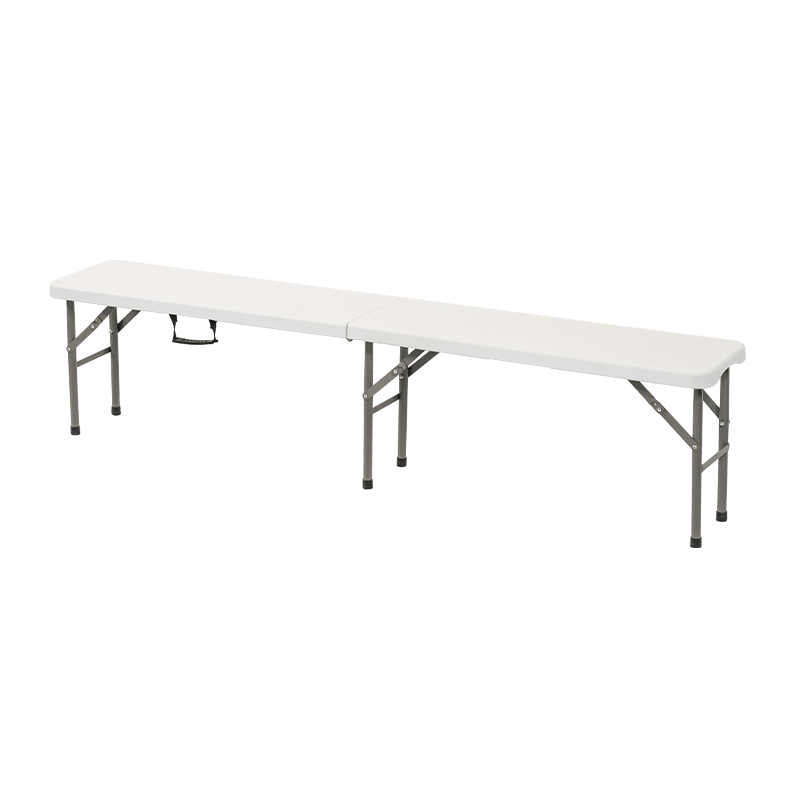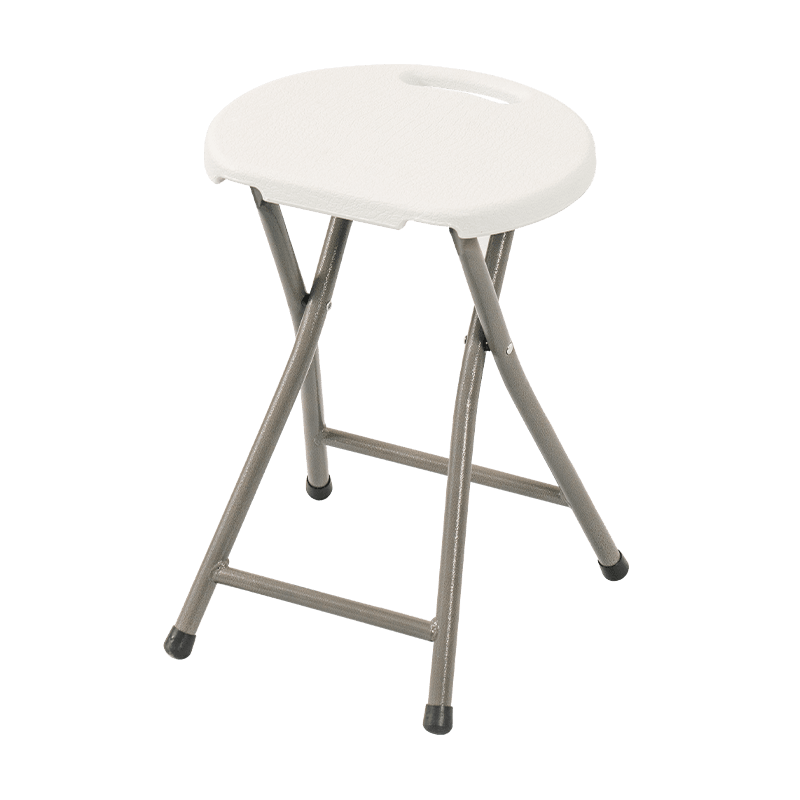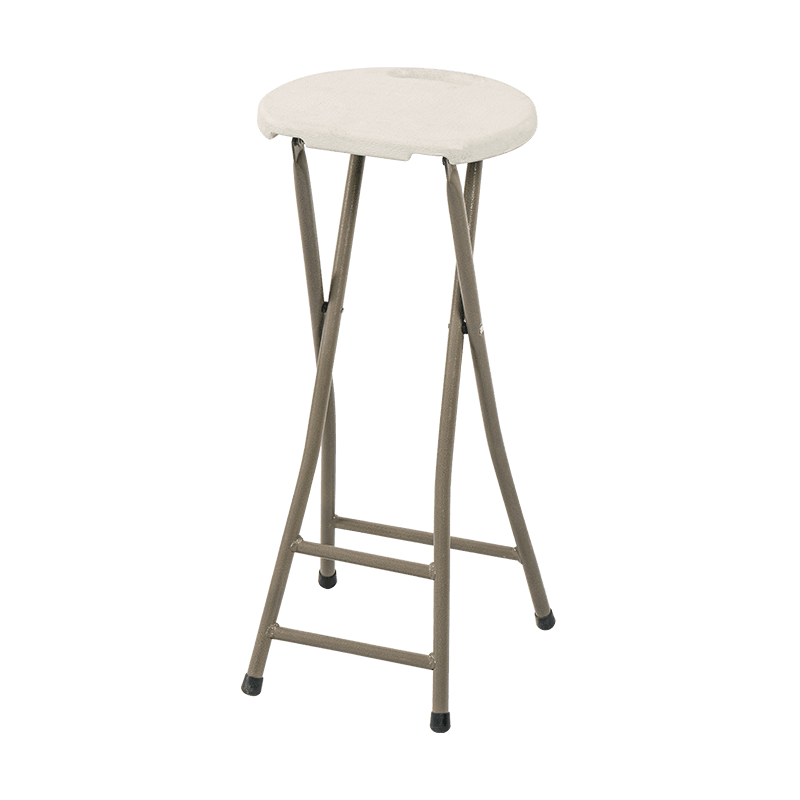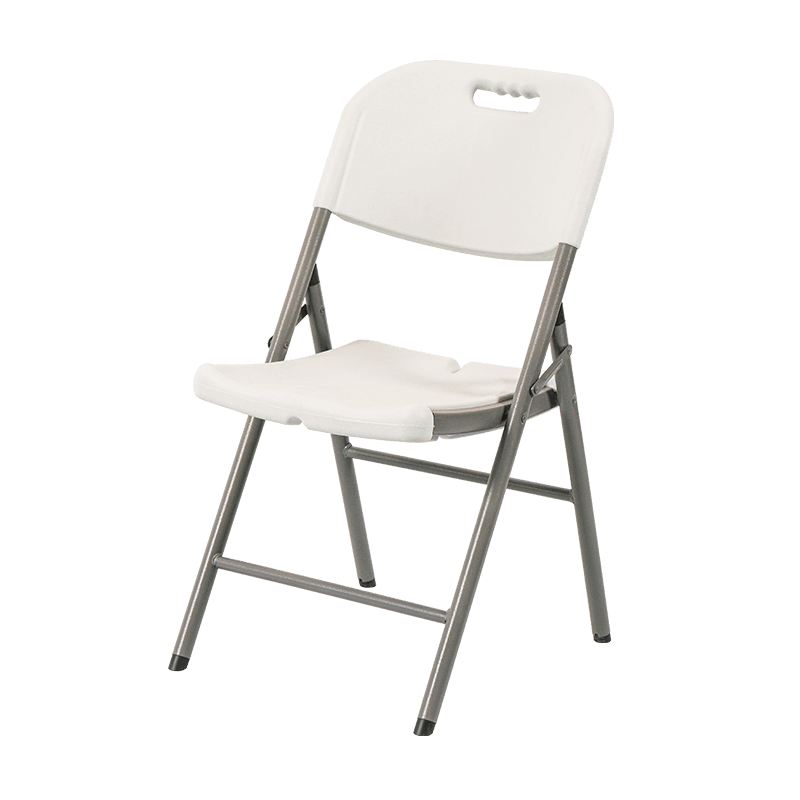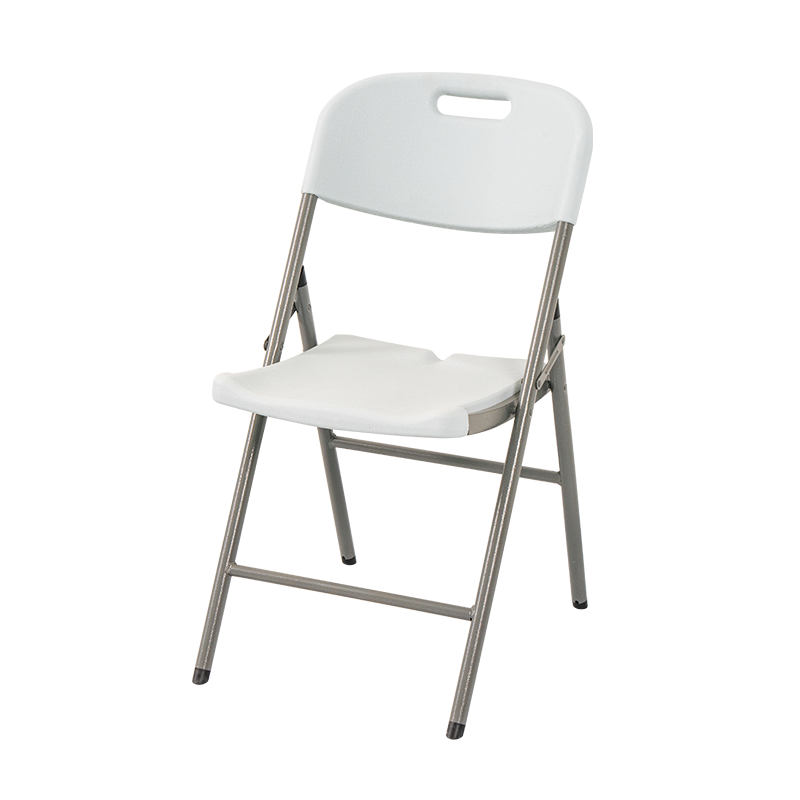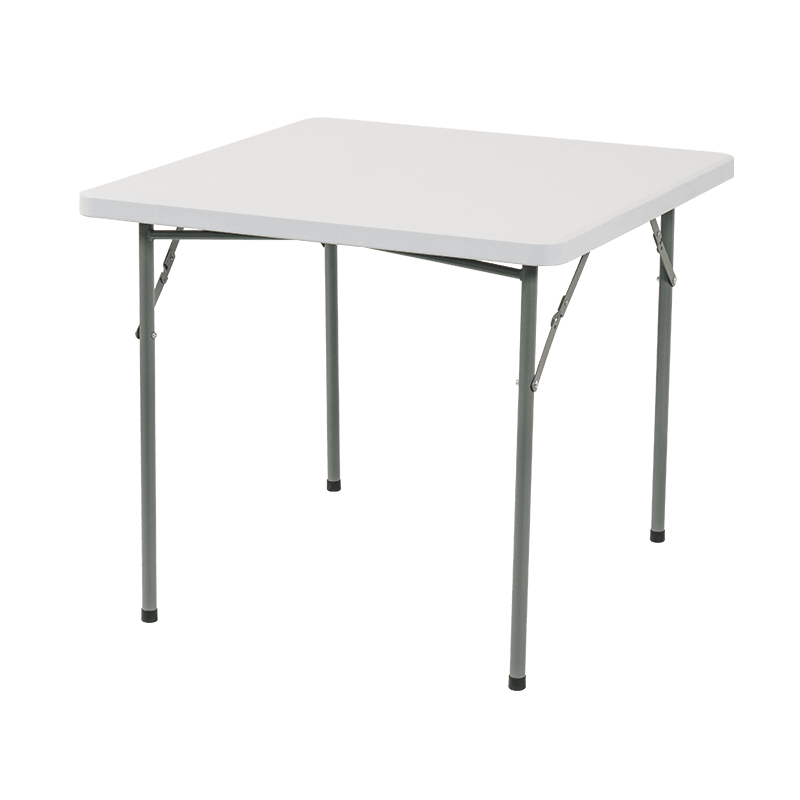Outdoor Furniture Manufacturers Focus on Sustainability with Recycled and Eco-Friendly Materials
Content
In recent years, the push toward sustainability has become a dominant force across industries, and the outdoor furniture sector is no exception. With consumers increasingly prioritizing environmentally conscious products, outdoor furniture manufacturers are responding by incorporating recycled and eco-friendly materials into their designs. This shift not only aligns with global sustainability goals but also reflects changing consumer preferences, as more people demand products that are both stylish and environmentally responsible.
The Growing Importance of Sustainability in Outdoor Furniture
Outdoor furniture is typically exposed to harsh environmental conditions—sun, rain, snow, and extreme temperatures—which means that durability is a top consideration for manufacturers. However, as awareness of environmental issues grows, sustainability has also become a critical factor. Consumers are looking for furniture that not only performs well but is also made from renewable or recycled materials. This trend aligns with broader movements in eco-conscious living, as people become more concerned about their environmental footprint.
The outdoor furniture market has seen a significant shift towards eco-friendly products, and manufacturers are embracing this transition in several ways:
-
Using recycled materials like plastic, aluminum, and wood composite to reduce waste and the need for virgin resources.
-
Incorporating biodegradable materials or those that can be repurposed at the end of their life cycle.
-
Designing long-lasting products to minimize the environmental impact of frequent replacements and waste.
By using sustainable materials and improving the design for longer life cycles, outdoor furniture manufacturers can offer products that align with green building standards, which are becoming increasingly important in the construction and hospitality industries.
Sustainable Materials in Outdoor Furniture
The key to creating sustainable outdoor furniture lies in the choice of materials. Manufacturers are innovating with a variety of recycled and eco-friendly materials that provide both durability and aesthetic appeal. Here are some of the materials making waves in the industry:
Recycled Plastic
One of the most common and impactful materials used in sustainable outdoor furniture is recycled plastic. Brands are turning to post-consumer plastic waste, such as discarded bottles, packaging, and other plastic products, to create durable outdoor furniture pieces. The process of recycling plastic reduces the need for new plastic production, conserving resources and reducing pollution.
-
Recycled polyethylene (PE) is a popular option, often used in the construction of tables, chairs, and benches. This material is weather-resistant, UV-stable, and can be molded into various shapes, making it ideal for outdoor furniture.
-
Recycled ocean plastic is another emerging trend, where manufacturers source plastic waste from the ocean and use it to create eco-friendly outdoor furniture. This helps to clean up marine pollution while producing functional products.
Aluminum
Aluminum is a lightweight, durable, and highly recyclable material, which makes it a popular choice for eco-conscious manufacturers. Many outdoor furniture manufacturers are switching to recycled aluminum to produce frames, tables, and chairs. Aluminum requires significantly less energy to recycle than to create new, and the process of recycling aluminum saves up to 95% of the energy needed for primary production.
Moreover, aluminum is corrosion-resistant, which makes it perfect for outdoor furniture that needs to withstand weather conditions without rusting or deteriorating over time.
FSC-Certified Wood
Wood has long been a popular material for outdoor furniture, but sustainability concerns regarding deforestation have led to the adoption of FSC-certified wood. The Forest Stewardship Council (FSC) ensures that the wood is harvested sustainably, with consideration for the environment, wildlife, and local communities.
FSC-certified wood is sourced from responsibly managed forests, making it a viable option for outdoor furniture that consumers can trust to be eco-friendly. Additionally, some manufacturers use reclaimed wood, giving new life to old wood products and further reducing the need for fresh timber.
Bamboo
Bamboo has gained significant attention in recent years for its sustainability benefits. It is a fast-growing, renewable resource that requires very little water and no pesticides to grow. Bamboo can be used in a variety of outdoor furniture pieces, from chairs and tables to benches and loungers.
Bamboo is also highly durable and resistant to the elements, making it an ideal material for outdoor furniture. Manufacturers are incorporating bamboo into their designs as a way to reduce reliance on traditional hardwoods and to offer a sustainable alternative that does not compromise on strength or appearance.
Recycled Fabrics and Upholstery
Outdoor cushions and fabric seating have traditionally been made from synthetic materials like polyester, but more manufacturers are now turning to recycled fabrics or bio-based textiles. These fabrics are made from recycled polyester, which is produced from post-consumer plastic bottles or old textiles, reducing landfill waste and the demand for virgin polyester.
Additionally, Sunbrella® fabric, made from solution-dyed acrylic fibers, is becoming a preferred option in the outdoor furniture industry due to its durability, resistance to UV rays, and eco-friendly production process.
Plant-Based Materials
In addition to conventional sustainable options, plant-based materials are emerging as alternatives in outdoor furniture production. Materials like cork, hemp, and organic cotton are being integrated into furniture designs for cushions, upholstery, and even structural elements.
-
Cork is lightweight, recyclable, and biodegradable, making it a sustainable choice for outdoor seating and tables.
-
Hemp is gaining popularity due to its strength, versatility, and low environmental impact during cultivation, making it a good alternative to synthetic fibers in outdoor furniture.
The Benefits of Eco-Friendly Outdoor Furniture
Eco-friendly outdoor furniture offers several key benefits to both manufacturers and consumers, including:
-
Reduced Environmental Impact: By using recycled materials, manufacturers are able to conserve natural resources and reduce waste, contributing to a circular economy where products are reused and repurposed rather than discarded.
-
Durability and Longevity: Many eco-friendly materials, such as recycled plastic and aluminum, offer superior durability compared to traditional materials, leading to longer-lasting furniture that reduces the need for replacements.
-
Energy Efficiency: The production of recycled materials generally requires less energy than the creation of new materials, which helps to lower the carbon footprint of the manufacturing process.
-
Appealing to Conscious Consumers: More consumers are prioritizing sustainability when making purchasing decisions. Outdoor furniture manufacturers who focus on eco-friendly materials can differentiate themselves in a competitive market and attract a growing segment of environmentally conscious buyers.
-
Compliance with Green Certifications: As sustainability becomes a higher priority, outdoor furniture manufacturers are looking to gain certifications like FSC, Cradle to Cradle, and B Corp status. These certifications provide consumers with assurance that the products they buy meet stringent environmental and social standards.
Challenges in the Shift to Sustainable Outdoor Furniture
While the move toward eco-friendly materials in the outdoor furniture industry is promising, it does come with challenges:
-
Higher Production Costs: Sustainable materials like FSC-certified wood, recycled plastic, and eco-friendly fabrics can be more expensive to source than traditional materials, which can increase production costs and, in turn, product prices.
-
Supply Chain Limitations: Sourcing high-quality recycled materials and maintaining a sustainable supply chain can be complex and require careful management. Some manufacturers may struggle to find enough reliable suppliers of eco-friendly materials.
-
Consumer Education: While interest in sustainable products is growing, not all consumers are aware of the benefits of eco-friendly outdoor furniture or the materials used to make it. Manufacturers need to invest in educating consumers on the value of these products.



 English
English 中文简体
中文简体
